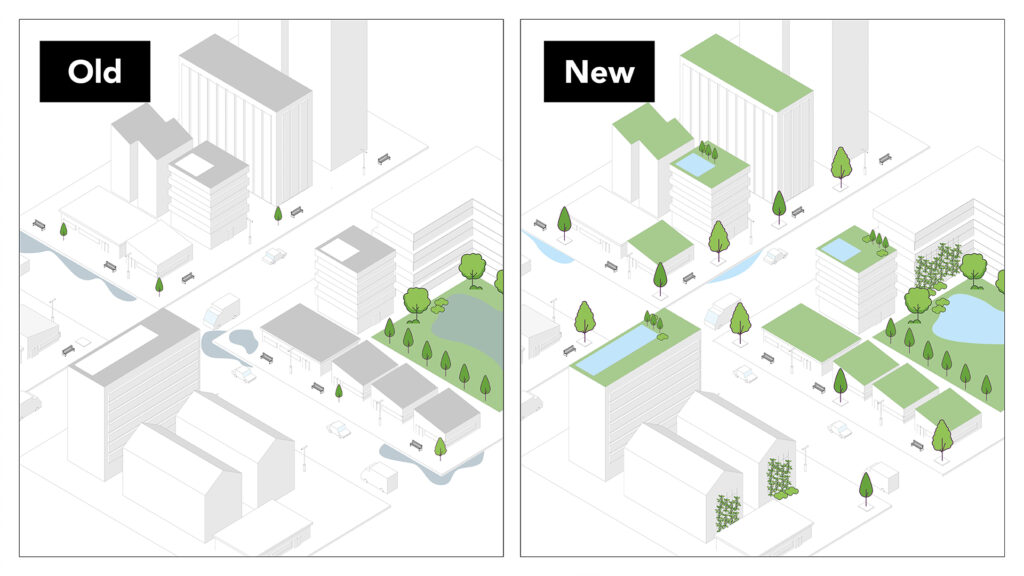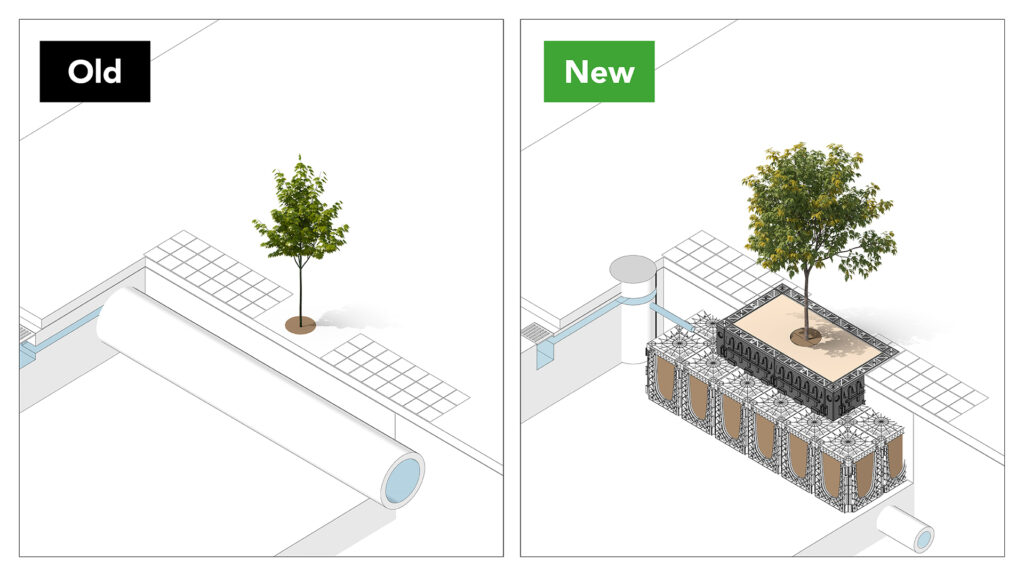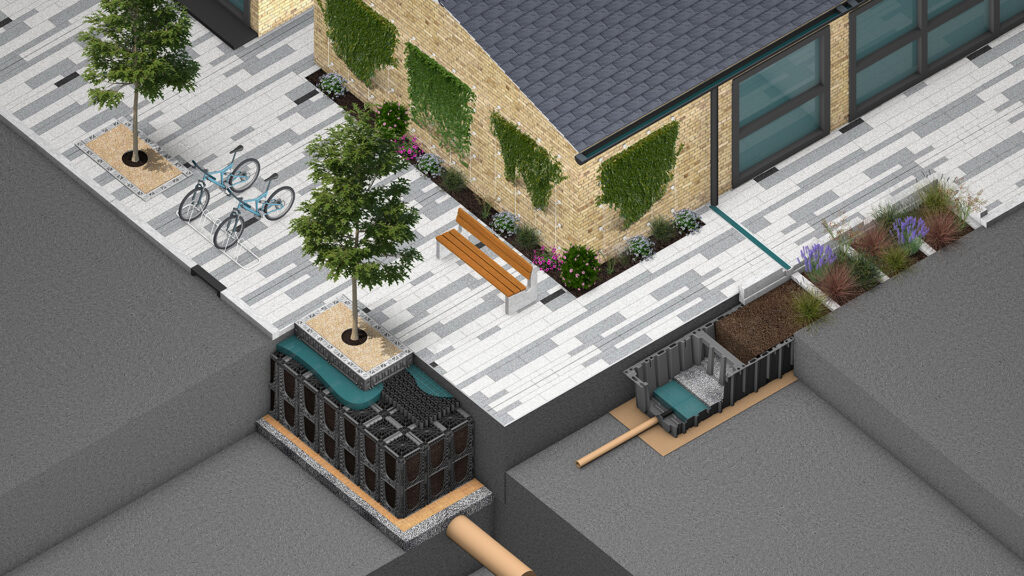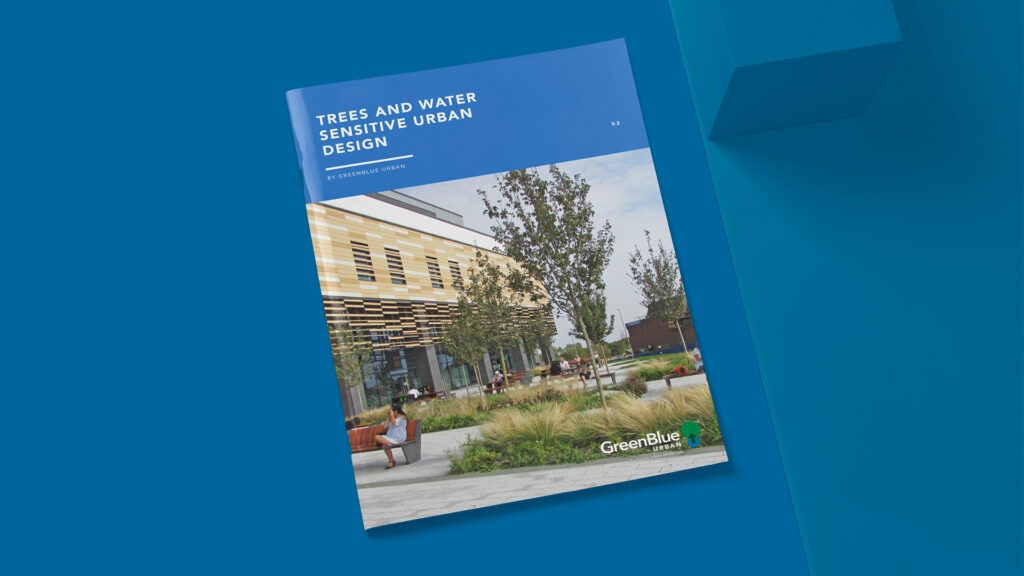Sustainable surface water management is not just a modern innovation, there is evidence from antiquity that it was in use fairly extensively. Cultural and citizen knowledge were closely related to the design and planning of these early drainage systems, supplying the basis of what would become modern water management engineering.
Water management was highly influenced by religious beliefs as well as geopolitical, socio-economic and climatic challenges faced by different ancient civilisations. Water-sensitive approaches were used in many cities providing water for consumption, cleaning and washing, and enhancing agricultural production to improve food security. Catchments were designed with long-term drainage schemes, which managed water from relatively small areas up to transnational empires that functioned efficiently for extended periods of time. Sustainable water management helped to maintain the balance of power and directly influenced the development and prosperity of entire civilisations either in time of peace or war.
The early Babylonians and Mesopotamians had surface water drainage systems, relying mainly on hard infrastructure, for ex

ample, the Minoans (3200–1100 BC) used terracotta pipes to convey stormwater out of their settlements. However, similar techniques to Sustainable Drainage Systems or SuDS/LID were well-known and efficiently carried out as long ago as the Early Bronze Age, such as rainwater harvesting, water storage in cisterns and ponds to slow conveyance. Constructed wetlands, infiltration and non-structural approaches were also used in antiquity. In fact, previous research has compared Inca drainage techniques at Machu Picchu with that of Low Impact Development since infiltrating pavements, meandering swales and water harvesting were all used. Non-structural approaches include a “superintendent of fountains” in Athens to ensure the equitable distribution of water in the city as well as individual citizens having the responsibility of maintaining the city’s stormwater cisterns.

Agricultural practices were at the very heart of water resource management in antiquity and required the control of water to enable efficient crop production through the design of irrigation systems under challenging environments. Climatic conditions played a decisive role in either limiting water resource availability or exceeding requirements. Water management was important in supporting both political and social development under changing climates; this could be compared with current climate change predictions, providing clues of how modern society could face this challenge.
The principles of Water Sensitive Cities can thus be applied to the water management schemes designed by several ancient civilisations through the application of SuDS / LID.
Quite simply, flood alerts and weather warnings are becoming all too familiar in today’s society; current infrastructure is feeling the strain with detrimental consequences to those that have been affected by the appalling damage caused by flooding.

Water quality is a growing concern with pollutants washing into our rivers or groundwater: it is extremely difficult to remove once there.
Conventional means of handling stormwater runoff such as gullies and underground pipe systems, are ageing, complex, share networks and often contribute to the problem; underground tanks may be acceptable for short-term solutions but then what? And how are these and any filtration devices maintained? What about the 4 pillars of SuDS / LID?

Methods for introducing storm water into tree pits.Correctly designed and constructed SuDS /LID (Sustainable Urban Drainage Systems) consider the environment, making little or no impact to surroundings and are calculated to “slow the flow” in a measured manner; often using several controlled nature-based solutions that drain surface water, enabling amenity and biodiversity, handling pollutants and thus improving water quality and managing the impact on our rivers and existing infrastructure.
The need is apparent – but what can we do to make a change? However, more crucially, change for the long term?
Spatial planning is key to any developer. Quality space bringing return on investment is vital; however, the implementation of SuDS/LID needs to be given the same careful consideration as all other elements of infrastructure.
The key point is that all SuDS/LID solutions, be it small or multi-functional, for major and even smaller developments, need to be considered from the outset. A clear understanding of site limitations and an agreement of the desired measured outcome for successful stormwater run-off. This is only viable with the commitment from all parties, the stakeholders, regulators and local authority. Implement SuDS/LID at the Master planning stage – you’ll be thankful you did!

